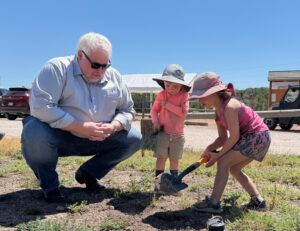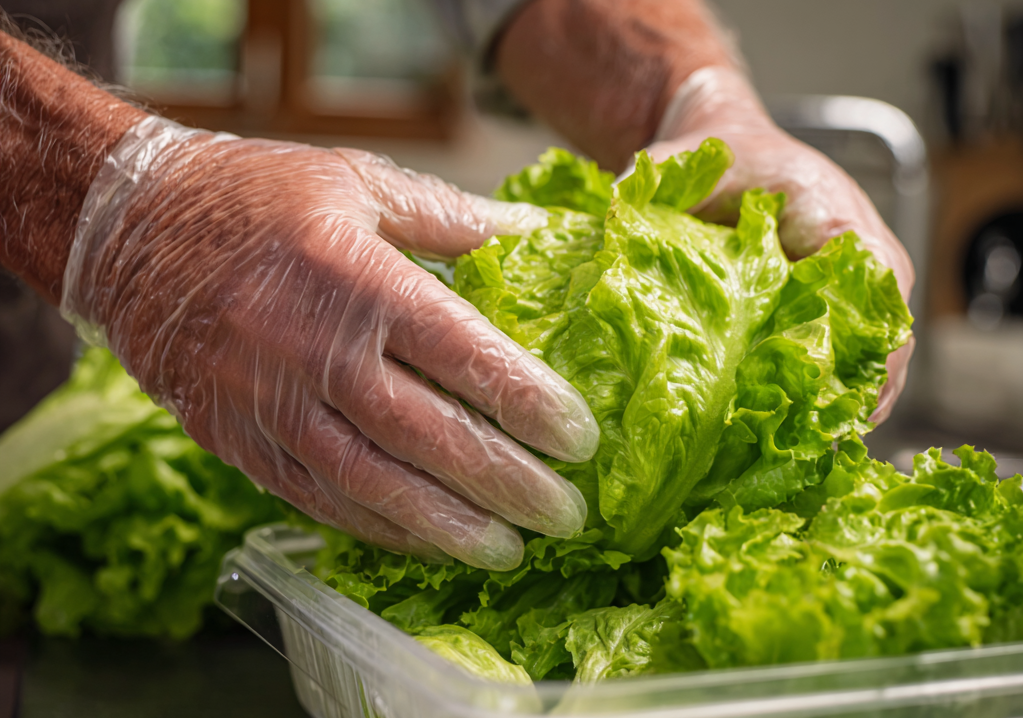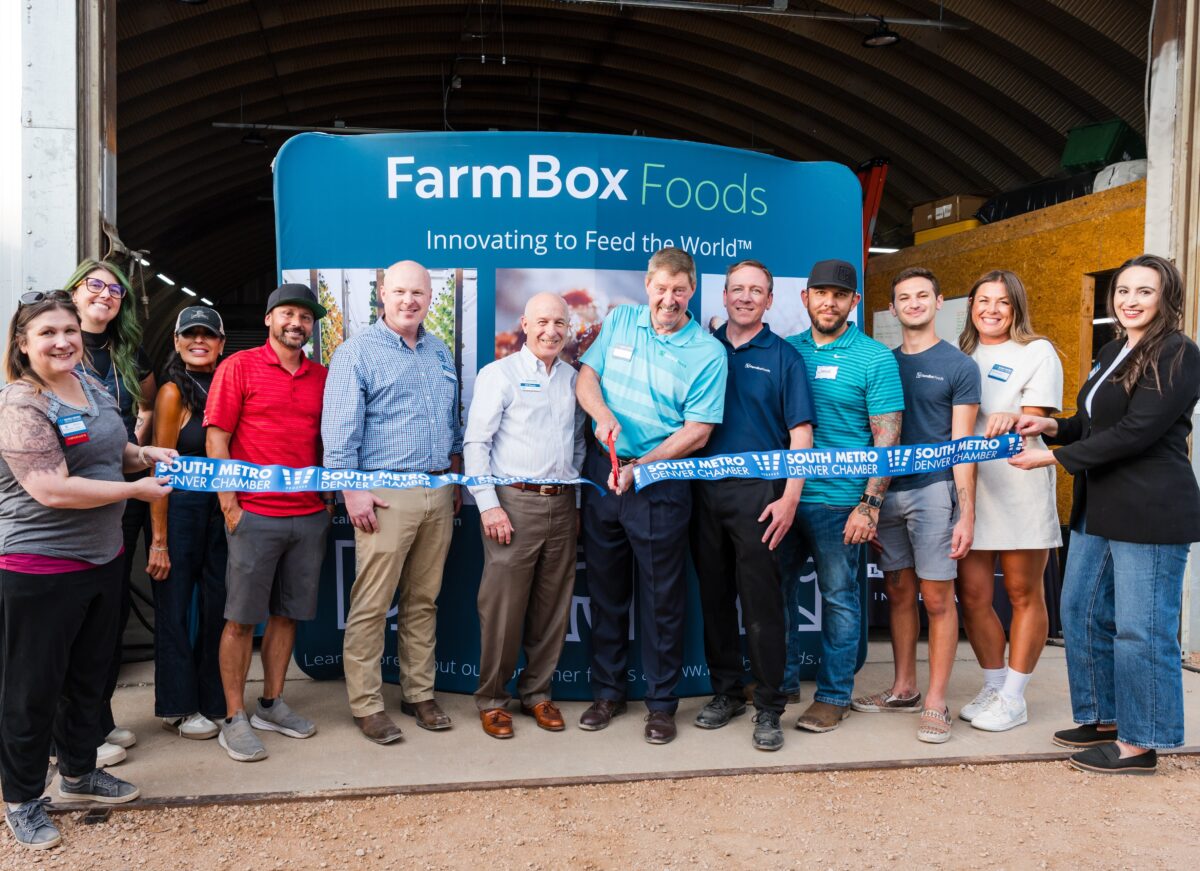In recent years, interest in container farming has grown rapidly as communities, entrepreneurs and institutions look for ways to build a more sustainable and resilient food system. Using insulated shipping containers that are retrofitted for agriculture, these farms are transforming the way food is produced and distributed. Whether referred to as farm containers, a farm in a container or a container vertical farm, this model of food production is redefining what it means to grow fresh, local food.
What Is Container Farming?
At its core, container farming is the practice of growing crops inside repurposed shipping containers that are equipped with advanced climate control and growing systems. These farms often use hydroponics in a shipping container, allowing plants to grow in nutrient-rich water rather than soil. The result is a tightly controlled environment that minimizes resource use while maximizing yield.
A container farm can be installed almost anywhere, from urban parking lots and rural communities to universities, hospitals and corporate campuses. With modular systems, such as a vertical farm container, operators can expand their production capacity as needed. This flexibility is one of the main reasons why container farming companies are gaining attention worldwide.
Key Advantages of Container Farming
Year-Round Food Production
One of the greatest advantages of a shipping container farm is its ability to produce crops consistently throughout the year. Traditional farming is often disrupted by weather, pests or drought, but a shipping container vertical farm uses controlled lighting, humidity and temperature to ensure steady growth.
Resource Efficiency
Container farming is designed for efficiency. With hydroponic farming containers, plants use up to 95% less water compared to traditional agriculture. Vertical designs and hydroponic grow containers maximize space while conserving nutrients and energy. Many farms even integrate renewable energy solutions, such as solar-powered or insulated farm containers, to reduce operating costs and environmental impact.
Food Security and Local Access
By producing food close to the point of consumption, container farms reduce the distance food travels. A farm-in-a-box shipping container can serve schools, grocery stores and restaurants within the same community. This reduces transportation emissions, shortens supply chains and strengthens food security. For institutions or nonprofits, container farms provide a reliable way to grow fresh produce in underserved areas.
Scalability and Commercial Opportunities
For entrepreneurs, container farms represent a clear business opportunity. Companies can start small with a single container hydroponic farm and expand into multiple container farms for sale as demand grows. Specialty products, such as herbs or microgreens, thrive in hydroponic shipping container farms, making it possible to supply local markets with premium goods.
Specialty Crop Cultivation: Gourmet Mushrooms
Beyond leafy greens and herbs, container systems are ideal for specialty crops like mushrooms. A mushroom container farm provides the perfect humidity and temperature for varieties such as oyster and lion’s mane mushrooms. Businesses interested in gourmet mushroom cultivation are finding that a mushroom shipping container offers predictable, scalable yields. Restaurants, grocers and local markets are increasingly sourcing from growing mushrooms in shipping containers because of their consistent quality and freshness.
Resilient, Climate-Smart Farming
Extreme weather and climate change have put a strain on traditional agriculture, but container agriculture offers resilience. Because they are protected and controlled environments, container farms are insulated from droughts, hail, floods or unexpected frosts. This makes them a dependable food source in regions facing environmental instability.
Applications Across Industries
Urban Farming: A shipping container grow pod can turn unused lots into food production sites.
Education: Schools and universities are using vertical farming in shipping containers to teach students about sustainability, technology and nutrition.
Hospitality: Hotels, resorts and restaurants benefit from having fresh herbs and greens grown on-site in a container vertical farm.
Animal Feed: A fodder farm or hydroponic farms for animal feed inside containers ensures reliable, nutrient-rich food for livestock.
Technology Driving the Movement
The success of container farming is powered by innovations in vertical hydroponics, LED lighting and automated monitoring systems. Advanced sensors track nutrient levels, while sensor-based climate control monitors and adjusts to keep plants thriving. This combination of container farming technology and renewable energy integration helps reduce labor and overhead while producing more food in less space.
The Economic Case for Container Farms
While many first hear about the environmental benefits of container farming, the economic advantages are equally important. A shipping container farm for sale can generate steady revenue for farmers, small businesses and nonprofits alike. Mushroom farms, in particular, are very profitable, with 70-percent profit margins common when selling a mix of wholesale and retail. By supplying local communities directly, operators cut out costly middlemen (and women) while keeping margins healthy. Additionally, with financing programs available to fund a container farm, the initial investment is more accessible than ever, especially when lease-to-own options are available.
Looking Ahead: The Future of Food Production
As demand for fresh, locally grown food continues to rise, container farming will play an even bigger role in shaping the agricultural landscape. Container hydroponics farms, mushroom production systems and modular vertical farms offer scalable solutions to global food insecurity. They provide a sustainable alternative that doesn’t just supplement traditional farming but enhances it, making food systems more resilient, efficient and adaptable.
Communities everywhere are beginning to embrace the concept of a farm in container agriculture model, not only because it addresses immediate needs like food security and water conservation, but also because it represents a long-term shift toward sustainable living.
















